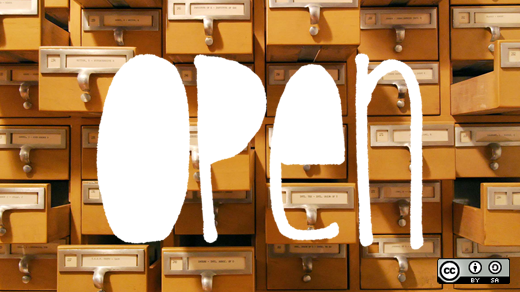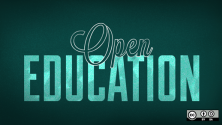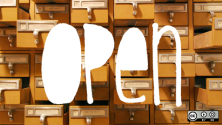It's the leading open source learning management system in the world. It provides 100s of 1000s (millions?) of students and teachers, learners and educators a means of collaborating, engaging content and organizing studies online. It's easy to tout the great things that Moodle has done for education in the dozen short years since it was created by Martin Dougiamas. It has certainly created and standardized the base-level of learning management systems available to schools throughout the world. Despite budget cuts and cost saving measures, Moodle can be installed and released to teachers with minimal resources1. The locomotive that is Moodle is tearing down boundaries of accessibility to technology in the world of education, and that's a great thing.
That being said, as the playing field is being leveled in terms of access to technology; Moodle is having almost an opposite effect on the content that's placed inside of it. As you may or may not be aware, Moodle is capable of creating an open door to content and practical examples, and rich video, text/images and audio - for a select group of students with accounts on that particular Moodle instance. To the general population (those that may be interested in viewing, using, engaging or remixing the content), however, the door remains tightly sealed2.
In other words, if you are not a member of the organization, the Moodle instance is off limits, and so are the rich resources stored within its digital walls.
At this time, the greatest single resource available to Moodle users, Moodle.org, and the Moodle partners at Moodle.com, is the content which has been accumulated within each classroom's walls. These digital blueprints to learning are the key to turning millions more onto the benefits of Moodle. But the number of courses that are available to view, peruse, download and/or reuse is far fewer than the number of courses that have been completed. By my estimate, nearly 100%3 of course materials created in Moodle are still closed to the public.
Thankfully, in Moodle 2.0 (out this spring 2010), the roadmap incorporates an important community resource hub which is designed to make the sharing of resources easier. With a specific set of modules and settings enabled, course creators will be able to share their resources with the community and likewise discover and select materials to augment their own digital materials. Will this be enough, though?
The Moodle community should be taking steps to open the content now; on current sites, with current versions with the content available. A library of available (and organized) content, ready to view, ready to download and use would be a boon to educators world wide. To students it would open an encyclopedia of learning materials and possibilities to engage content otherwise unavailable. The availability of tools to share easily will certainly be great for versions of Moodle in the future, but in the meantime, there's work to be done.
1there are several free hosting sites available for Moodle (totally eliminating the need for internal hosting and expenditure)
2A typical Moodle installation will be safe-guarded (as it should be) in several ways: guest access can be controlled or completely turned off to an entire site (or select courses) course passwords are required to enter and view content user creation is controlled centrally by a staff.
3according to Moodle stats (https://moodle.org/stats/) there were over 3,200,000 courses in Moodle, where are there are less than 70 courses in the official Moodle course exchange library (https://moodle.org/course/view.php?id=15).







21 Comments